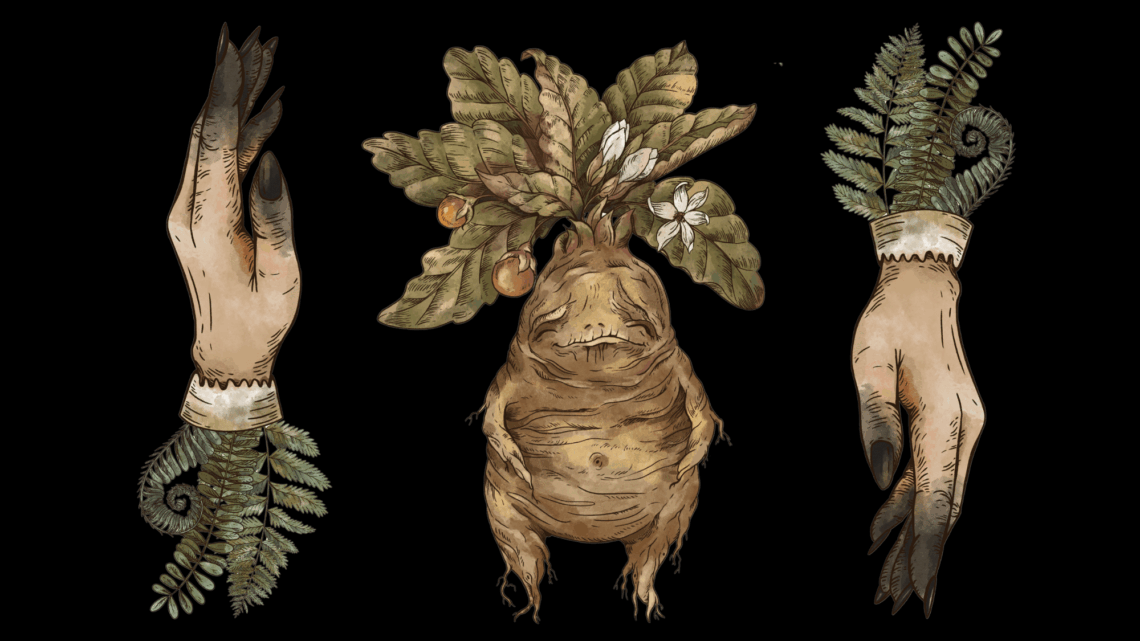Folkloric witch potions were onto something. Every Halloween, herbs like belladonna, mandrake, and mugwort are framed as symbols of danger and temptation. In truth, however, they were the original pharmaceuticals, tested through trial, error, and a fair amount of hallucination. Beneath the superstition, the ingredients were doing something real.
Here are three “witch potions” with actual medical roots.
1. Belladonna (Deadly Nightshade)
The name translates to “beautiful woman,” a nod to its Renaissance use as a beauty enhancer. Women would drop belladonna juice into their eyes to dilate their pupils in an effort to make themselves appear more attractive. But it could also lead to cardiac arrest.
Belladonna’s toxicity comes from alkaloids like atropine and scopolamine, which block nerve signals that control breathing and heart rate. In the right amounts, those same chemicals save lives. Atropine is used in hospitals to treat slow heartbeats and nerve agent poisoning. Scopolamine helps with motion sickness.
2. Mandrake (Mandragora officinarum)
Somewhat unsettlingly shaped like a miniature human, the mandrake root was said to scream when pulled from the ground. Medieval texts described it as a charm for love, sleep, and fertility, which probably had more to do with its psychoactive compounds than real magic.
Mandrake contains alkaloids that act as sedatives and muscle relaxants. Ancient surgeons used it to dull pain, and modern research confirms its chemical links to drugs that calm the nervous system. In small doses, it eases discomfort. In large ones, it distorts reality. That thin line between healing and harm gave the plant its eerie reputation.
3. Mugwort (Artemisia species)
Used to enhance dreams and ward off spirits, mugwort earned a spiritual status that stretched from Europe to Asia. Modern medicine gave it another purpose. The compound artemisinin, derived from one species of mugwort, became the foundation for malaria treatments and won a Nobel Prize in 2015.
Other varieties contain oils with antibacterial and anti-inflammatory properties used in traditional remedies for centuries. Herbalists still use it to help with menstrual pain and anxiety, though it can cause allergic reactions when misused.
Witches were accused of sorcery for mixing what were essentially early drug trials. Their “potions” blurred the line between poison and medicine long before anyone gave them fancy Latin names.
The post 3 Witch Folklore Potions That Have Real Power appeared first on VICE.




